Increasing Demand for Electricity
The rising demand for electricity across various sectors is a primary driver of the Transmission Line Market. As urbanization and industrialization continue to expand, the need for reliable and efficient power transmission becomes paramount. According to recent data, electricity consumption is projected to increase by approximately 2.5% annually, necessitating the development of new transmission lines to meet this demand. This trend is particularly evident in developing regions, where infrastructure investments are critical to support economic growth. Consequently, the Transmission Line Market is likely to experience substantial growth as utilities and governments prioritize the expansion and modernization of transmission networks to ensure a stable power supply.
Government Initiatives and Investments
Government initiatives aimed at enhancing energy infrastructure play a crucial role in shaping the Transmission Line Market. Many countries are implementing policies that promote the construction and upgrade of transmission lines to facilitate the integration of renewable energy sources. For instance, investments in transmission infrastructure are expected to reach billions of dollars over the next decade, driven by regulatory frameworks that encourage public-private partnerships. These initiatives not only aim to improve grid reliability but also to reduce transmission losses, which can be as high as 10% in some regions. As a result, the Transmission Line Market is poised for growth, supported by favorable government policies and funding.
Integration of Renewable Energy Sources
The integration of renewable energy sources into existing power grids is a significant driver for the Transmission Line Market. As countries strive to meet sustainability goals, the demand for transmission lines that can accommodate wind, solar, and hydroelectric power is increasing. The International Energy Agency indicates that renewable energy capacity is expected to double by 2030, necessitating extensive upgrades to transmission infrastructure. This shift not only enhances energy security but also promotes environmental sustainability. Consequently, the Transmission Line Market is likely to benefit from investments aimed at creating a more resilient and flexible grid capable of supporting diverse energy sources.
Urbanization and Infrastructure Development
Urbanization and infrastructure development are pivotal factors influencing the Transmission Line Market. As populations migrate to urban areas, the demand for electricity surges, necessitating the expansion of transmission networks. Urban centers require robust infrastructure to support their growing energy needs, leading to increased investments in transmission lines. According to estimates, urban areas are expected to account for over 70% of global electricity consumption by 2030. This trend underscores the importance of developing efficient transmission systems that can deliver power to densely populated regions. Consequently, the Transmission Line Market is likely to see significant growth as stakeholders respond to the challenges posed by urbanization.
Technological Advancements in Transmission Systems
Technological advancements in transmission systems are transforming the Transmission Line Market. Innovations such as high-voltage direct current (HVDC) technology and advanced monitoring systems are enhancing the efficiency and reliability of power transmission. HVDC systems, for instance, can transmit electricity over long distances with minimal losses, making them increasingly attractive for new projects. Furthermore, the adoption of smart grid technologies allows for real-time monitoring and management of electricity flow, improving overall grid performance. As these technologies become more prevalent, the Transmission Line Market is expected to evolve, driven by the need for more efficient and sustainable transmission solutions.


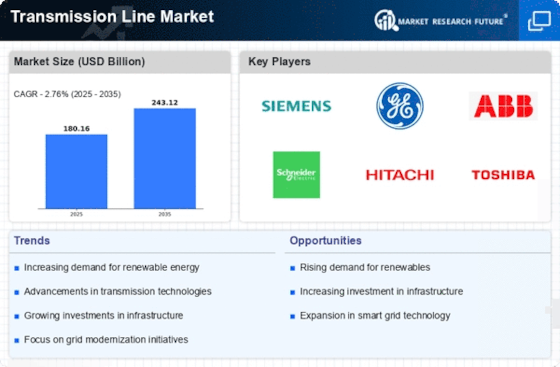
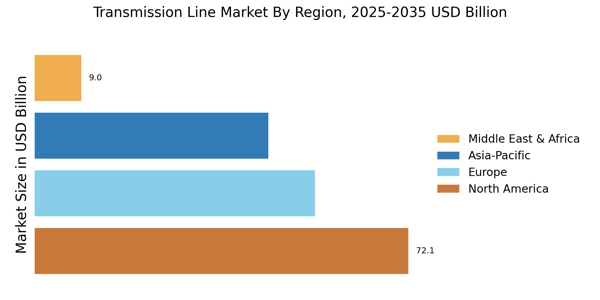
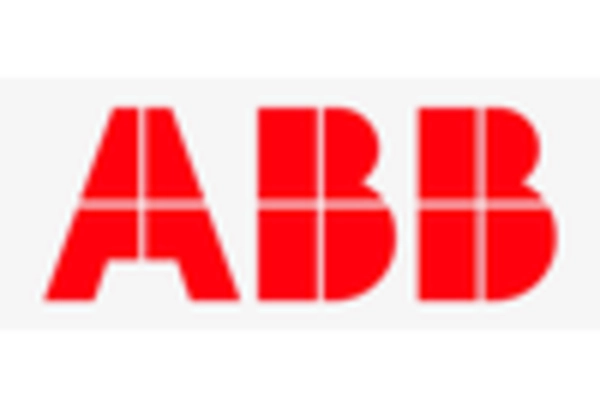

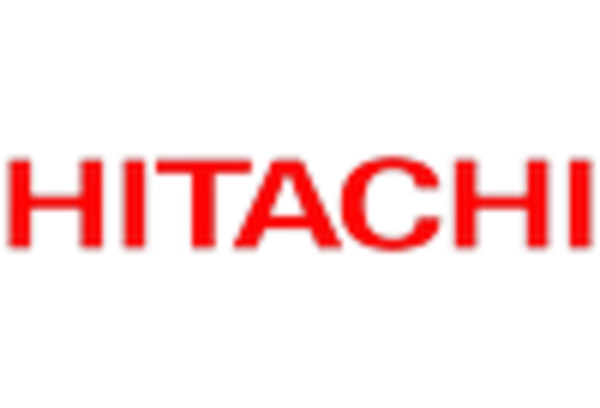


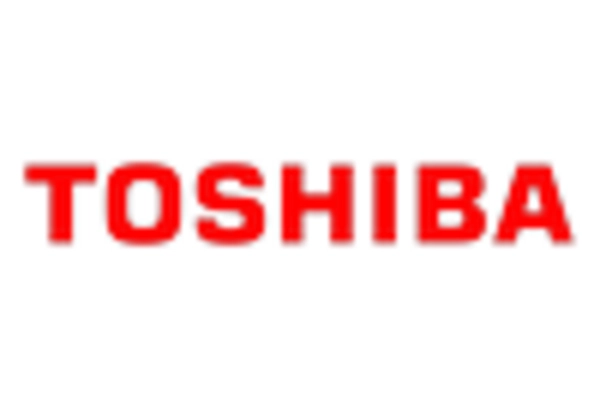








Leave a Comment